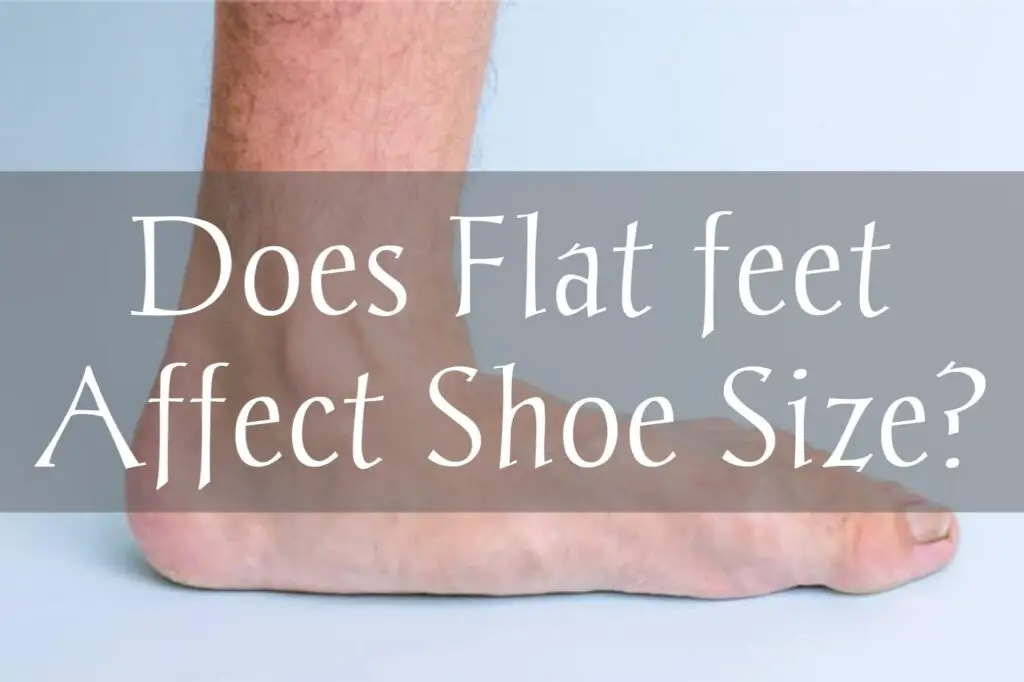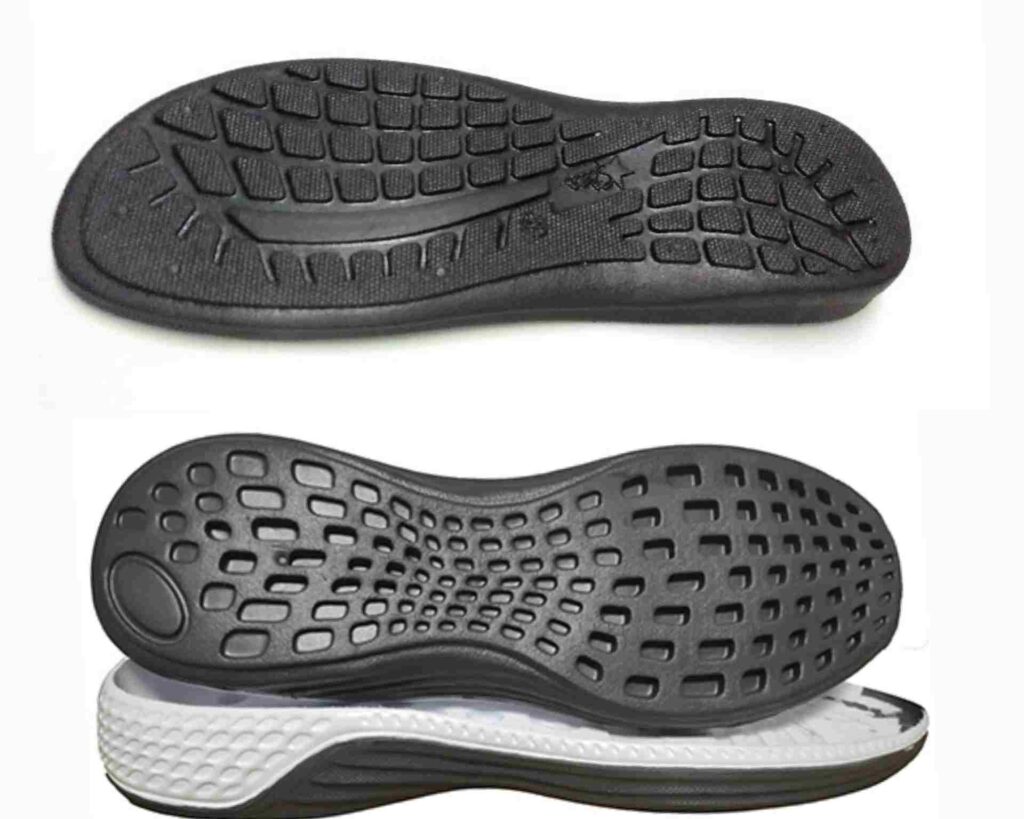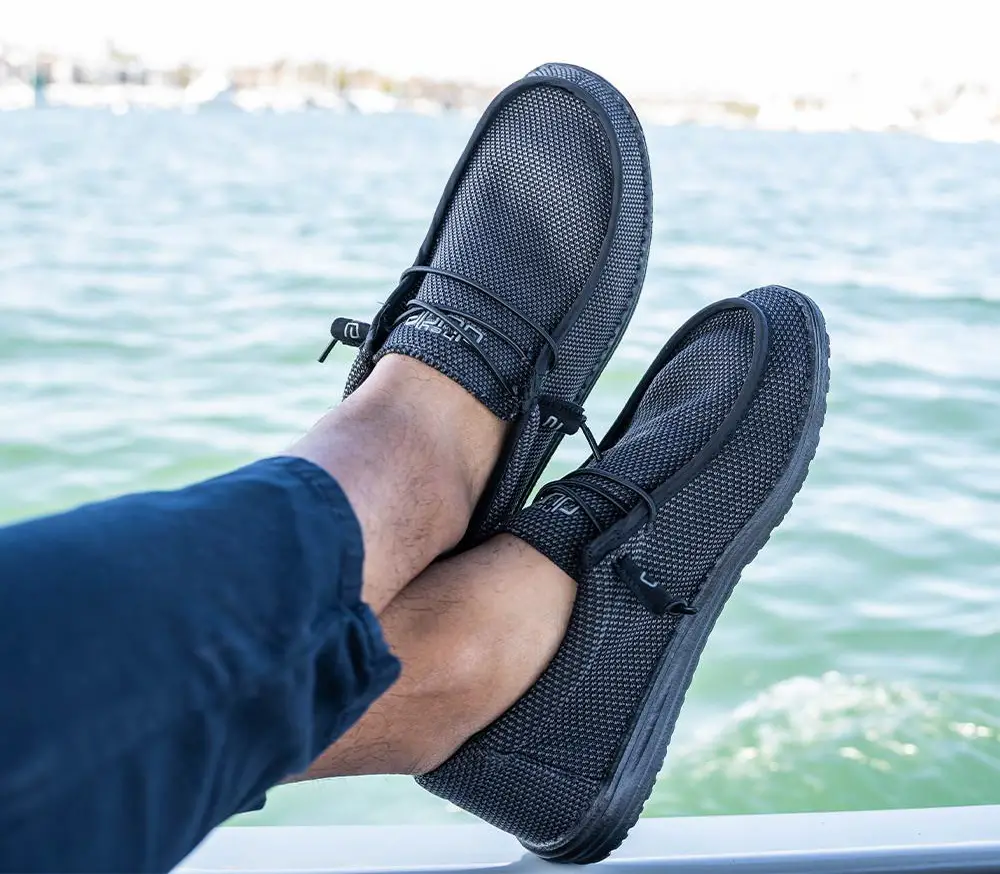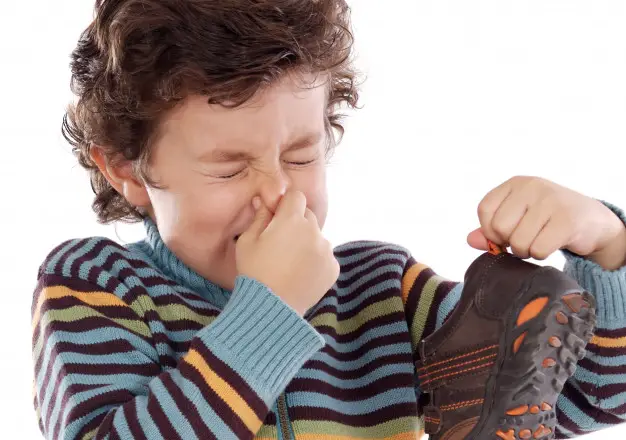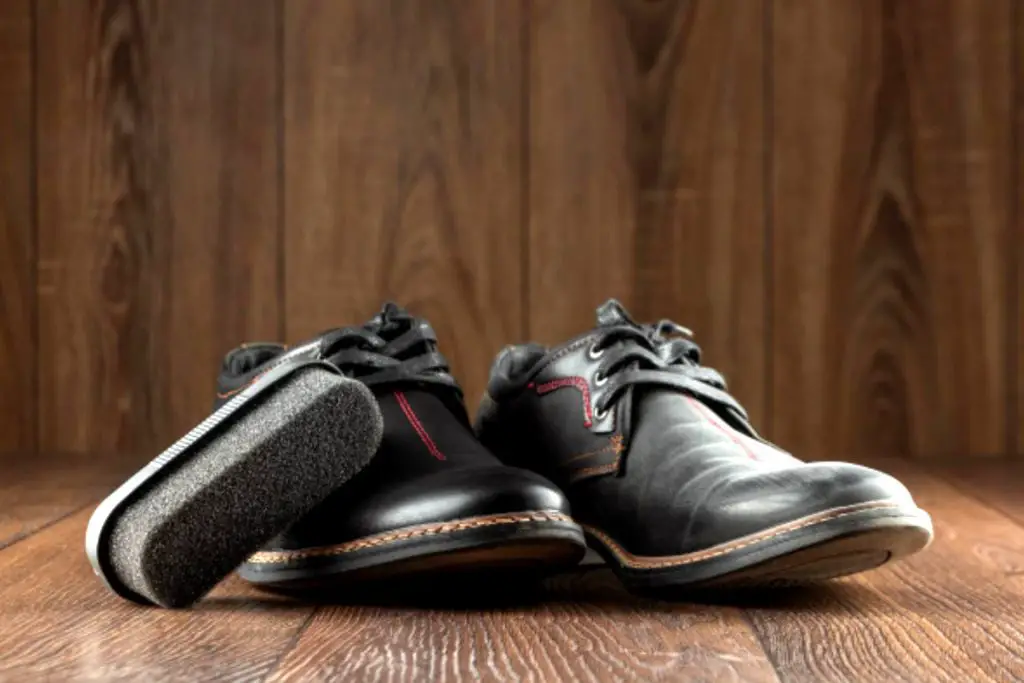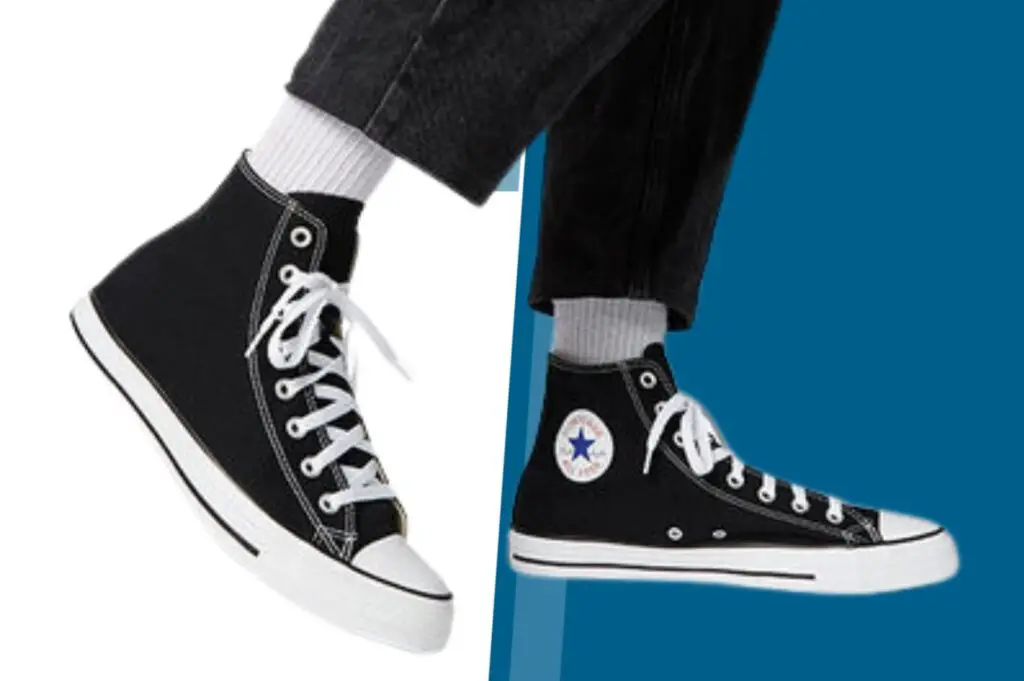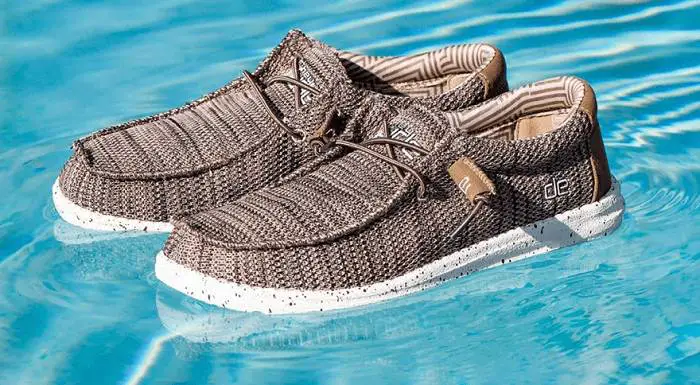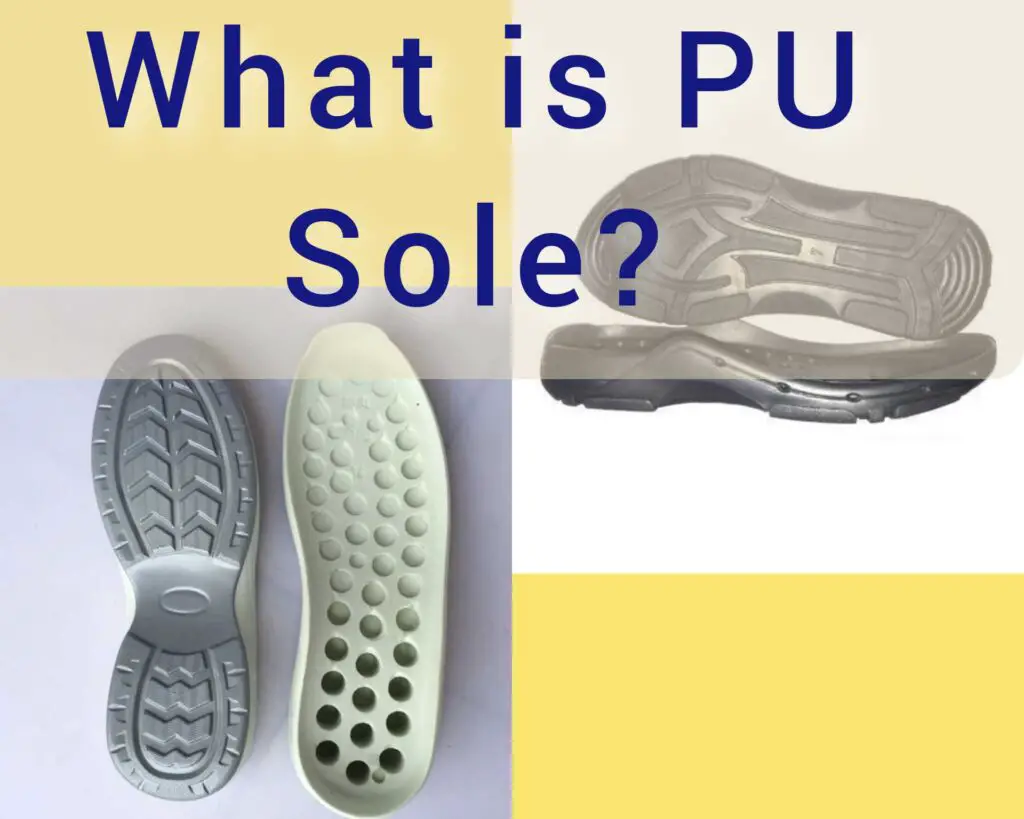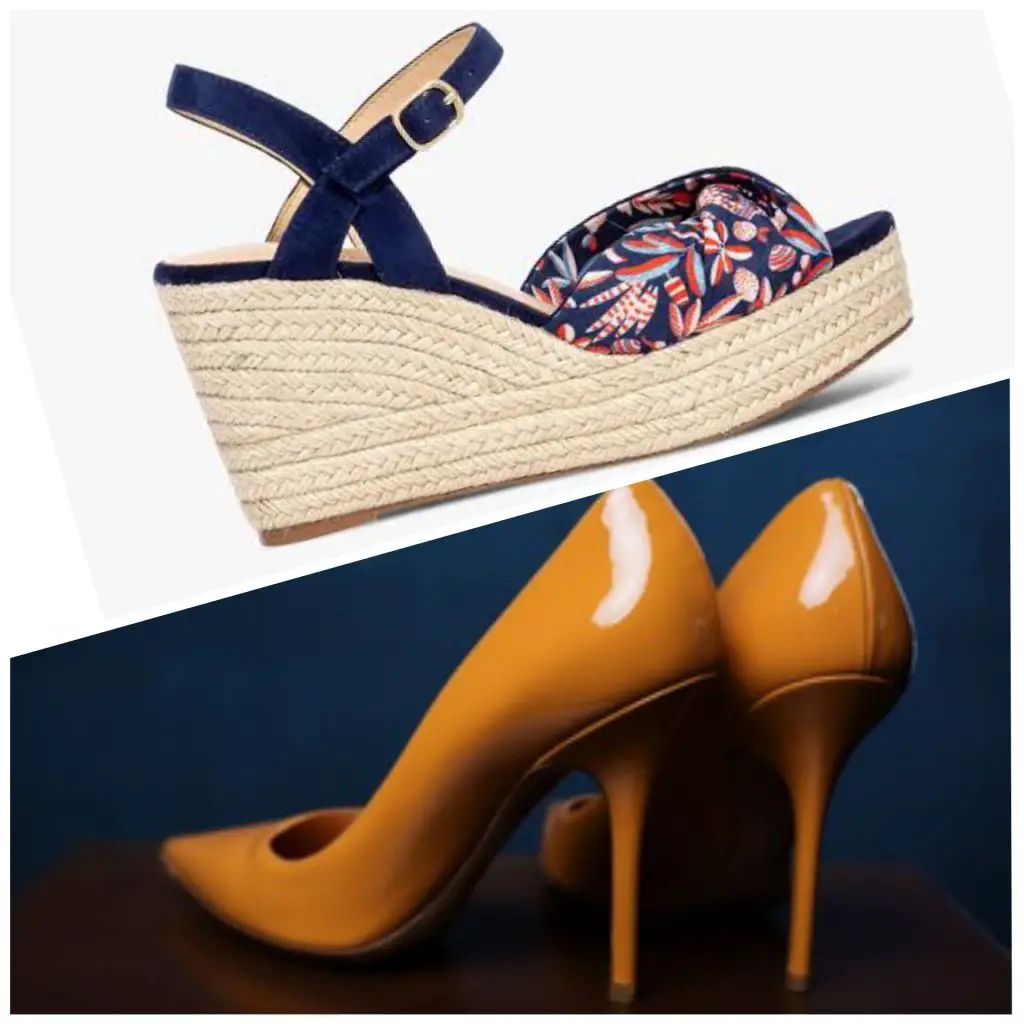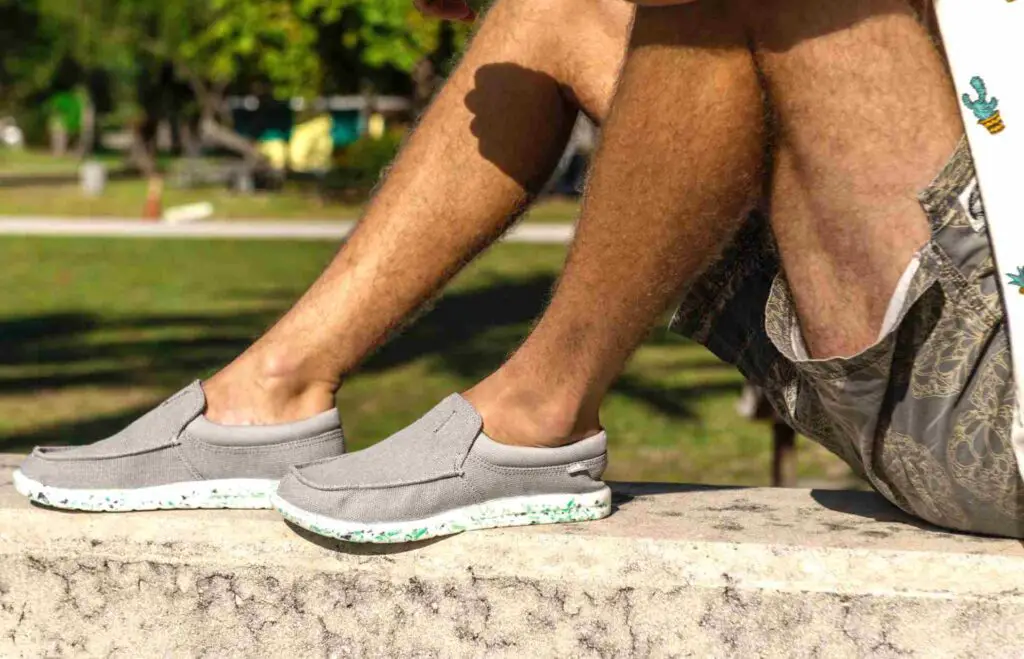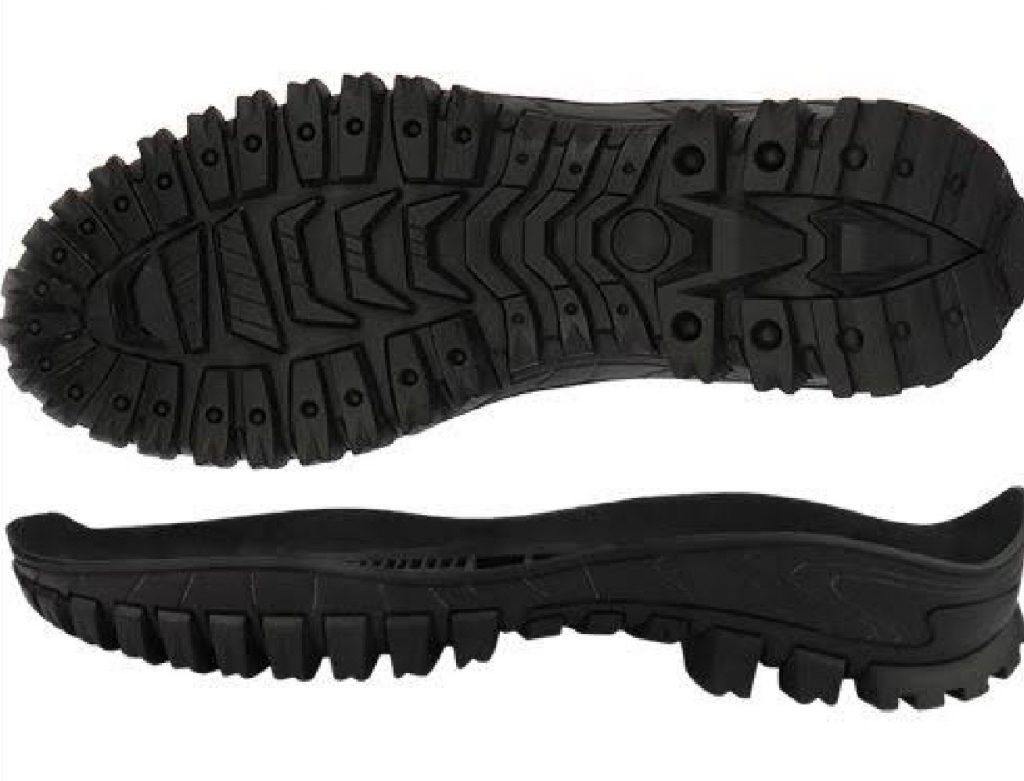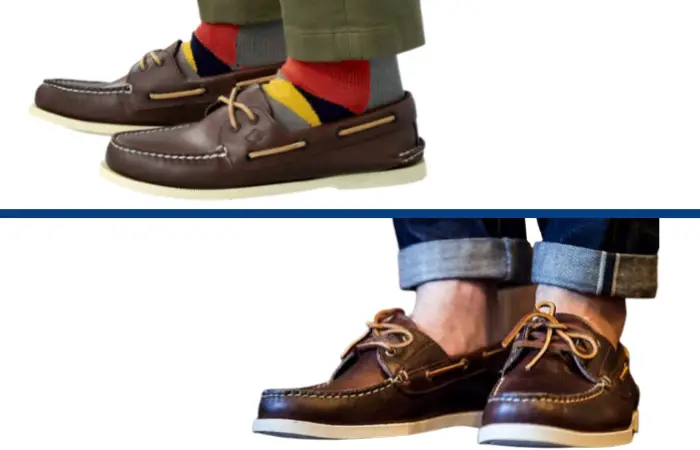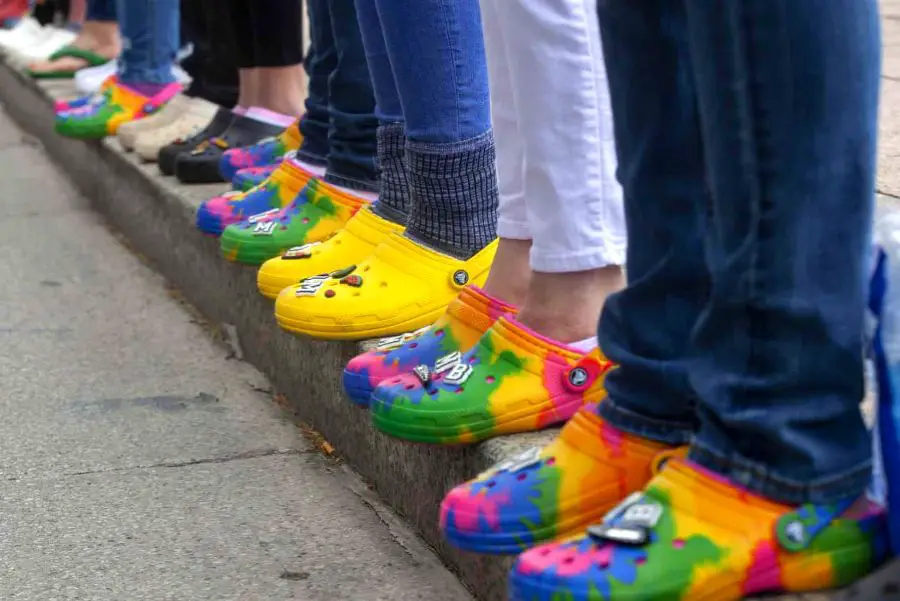If you scroll through the pages that talk about flat feet, you are bound to find countless myths and false information. Primarily, these revolve around how flat feet would affect your everyday life.
One common question that we get on this blog is whether flat feet affect shoe size?
And also, what are the best practices to cope with it?
In this article, we will cover everything you need to know about how flat feet affect your shoe size and more.
Does flat feet affect shoe size?
While this question may seem straightforward at first glance, its answer is not. As you may know, everyone is born with flat feet. Once you reach the age of 6 years old, an arch starts to form.
In most cases, you will notice that you have flat feet during adolescence. During this time, your feet are still developing – like many organs of your body. Therefore, asking whether flat feet make your feet longer vastly depends on the context.
Are you trying to figure out whether all people with flat feet have larger shoe sizes compared to their counterparts?
Another way to look at this is by considering twins who share identical physical characteristics with one key difference – one of the twins has flat feet.
Following up with the twins and comparing their shoe size over time would objectify the effect of flat feet on the foot’s anatomy. However, even by doing so, we cannot generalize the results.
From a medical standpoint, flat feet do not increase the size of your feet; they merely change their projection. For instance, if you stand on your tiptoes, the size of your foot does not change, regardless of how different it may look.
It would make sense to argue that arching a straight line (i.e., a foot) upward would make it shorter. However, this only applies to the same person. In other words, if you manage to treat someone with flat feet, they would theoretically need a smaller shoe size.
In summary, flat feet affect shoe size when you are objectifying the same person – with and without their flat feet. Stating that all people with flat feet have longer shoe sizes would be arbitrary.
What are the other consequences of having flat feet?
Aside from shoe size, people with flat feet complain of other health problems. The most common issue faced by these individuals is foot pain. The fact that your feet are flat means they provide less support.
If you practice any sport, not having the right shoes for your feet will decrease your performance. Hence why you should always research the best shoe for you and the sport you practice, regardless if you like soccer or volleyball or skiing, it is always better, for example, to get ski boots for flat feet than getting regular ski boots.
For instance, people with flat feet are more likely to develop a condition known as plantar fasciitis, which occurs when the tendons of the feet get overstretched. Symptoms of this condition include severe pain that’s especially prominent in the morning.
Overpronation is another consequence of flat feet. It occurs when the ankles roll inward as you walk. Consequently, you’ll experience foot and ankle pain.
Additionally, overpronation can develop into spinal misalignment, which leads to an array of other problems. You may also notice that you have musculoskeletal symptoms in your hips, knees, and lower back.
The relationship between footwear and flat feet
In a study that analyzed how shoe wear affects the shape and biomechanics of the foot, researchers found that people who spend a lot of time barefoot had wider feet with more evenly distributed pressure compared to those who wear shoes habitually.
Here are some consequences of wearing traditional footwear on flat feet:
1. Pain and discomfort
Shoes with bullet-shaped toe boxes prevent the toes from spreading. For people with flat feet, this could be particularly problematic, as they already deal with discomfort and pain.
Make sure to opt for shoes with wide-toe boxes.
2. Halted progress in treating flat feet
The vast majority of traditional shoes have a raised heel. This design places the foot in a plantarflexed position, which leads to the loss of flexibility of the calf muscles. One way that the body compensates for the lack of ankle flexibility is by collapsing the foot arch.
In other words, if you are trying to treat flat feet but still wear shoes with elevated heels, you will be back to square one.
3. Abnormal foot function
Many shoe designs are reinforced at the back in order to control the motion of the heel inside the shoe. Consequently, it will hold part of the foot in a fixed position, which is an abnormal process compared to how you would walk barefoot.
As a general rule of thumb, think of how your feet would function if you were barefoot. If the shoes you’re wearing are altering this phenomenon, then they’re not optimal for you.
4. Decreased Sensation
The bottom of your foot is extremely rich with sensory nerve endings that provide the central nervous system with information about position, pressure, and temperature.
The number of nerve endings at the bottom of your feet is very high compared to other parts of the body (e.g., ankle, back, thighs).
When your brain receives this information, it will allow for motion adaptation to the ground. However, you need to be barefoot for this to happen.
Wearing shoes with thick soles may decrease the need for this feedback loop, which could have dire consequences in the long run.
Takeaway message
Flat feet affect the projection of your feet from an upward arch to a straight line. If you manage to give your feet an upward arch, you will most likely need a shorter shoe size.
We hope that this article managed to answer the big question and provide you with the information you needed.
For tailored medical advice, make sure to consult with your primary care physician or orthopedic surgeon. They may recommend some therapeutic modalities that work just for you.
If you have other questions or concerns related to flat feet, feel free to share your thoughts in the comment section below or reach out to us through this link.
Other Posts you might like
Overpronation vs Underpronation: Differences and Shoe Recommendations
Step-by-Step Guide to Measure your Shoe Size
Complete Baby Shoe Size Chart: America, Europe and Asia

